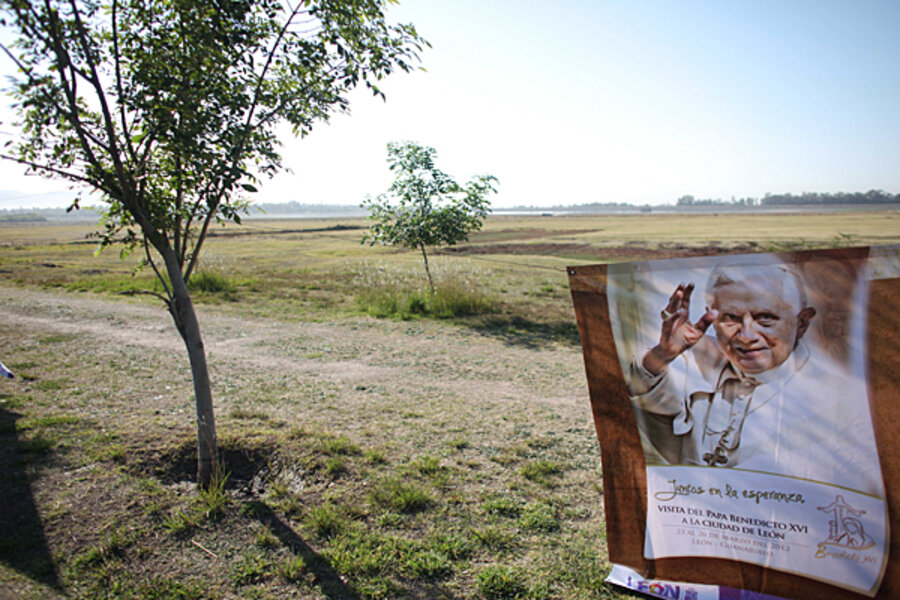The Catholic Church’s presence in Latin America traces back to Spanish colonization. Following Christopher Columbus’s arrival in the region in 1492, Spain claimed much of the Americas.
Though many European settlers and explorers who followed in Columbus’s footsteps proselytized their Catholic beliefs, it wasn’t until 1537 that Pope Paul III issued a charter affirming that the indigenous populations in Latin America were equal to Europeans, and thus allowed to become Christians.
In the 1800s, numerous countries, including Chile, Ecuador, and Colombia, signed contracts with the Catholic Church, or modeled their constitution on Catholic values, declaring themselves Catholic states.





